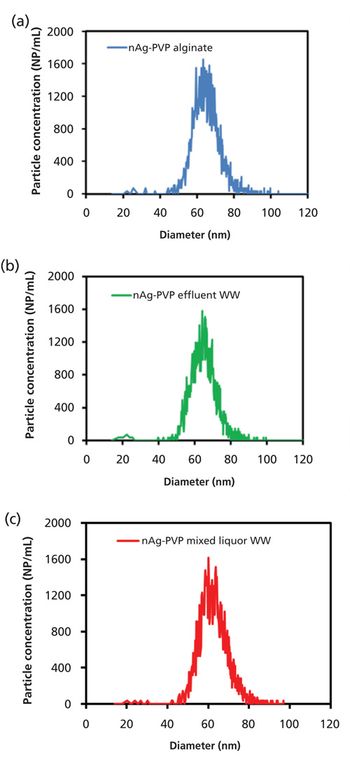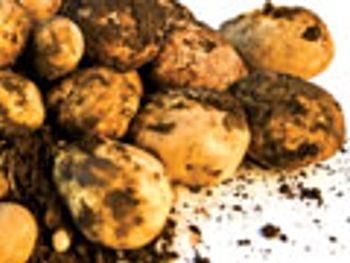
This study describes the recovery of compounds above the boiling point of naphthalene achieved by optimizing the thermal desorption chemistry for the determination of volatile organic compounds ranging from C3 to C26 in soil gas samples using Method TO-17. Figures of merit such as breakthrough, precision, linearity, and detection capability are presented, in addition to an evaluation of its real-world capability at sites with moderate diesel and semivolatile polynuclear aromatic hydrocarbon (up to pyrene) contamination, in the presence of high humidity. This research has provided a means to determine a more representative composition of soil gas.
















